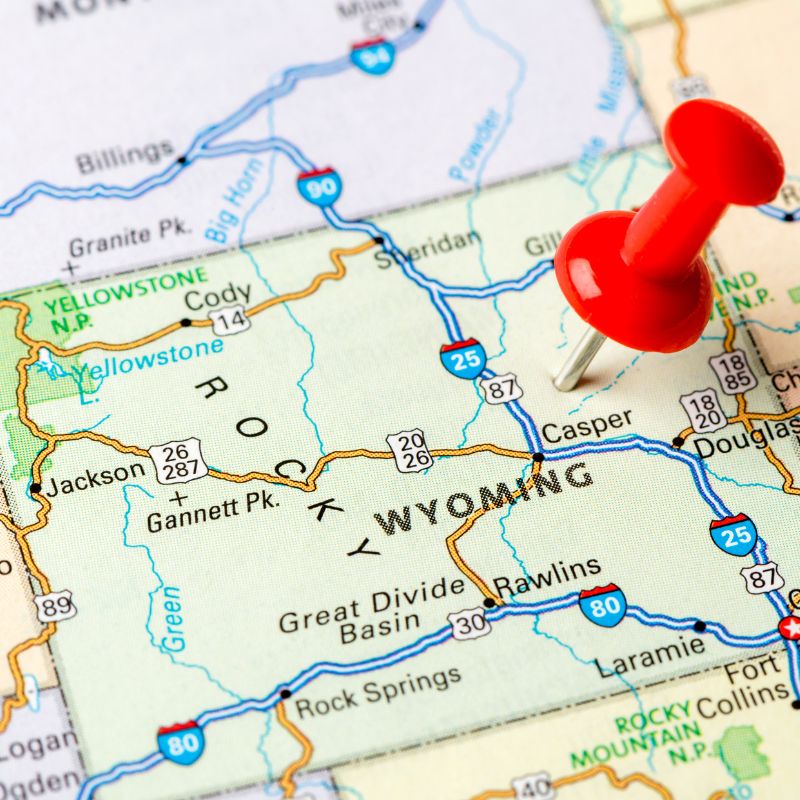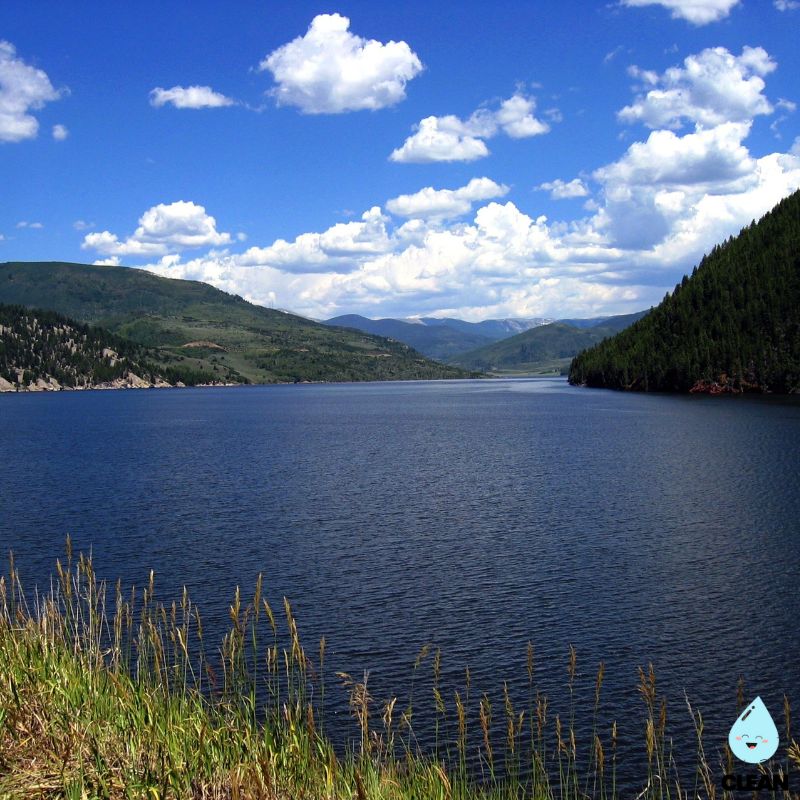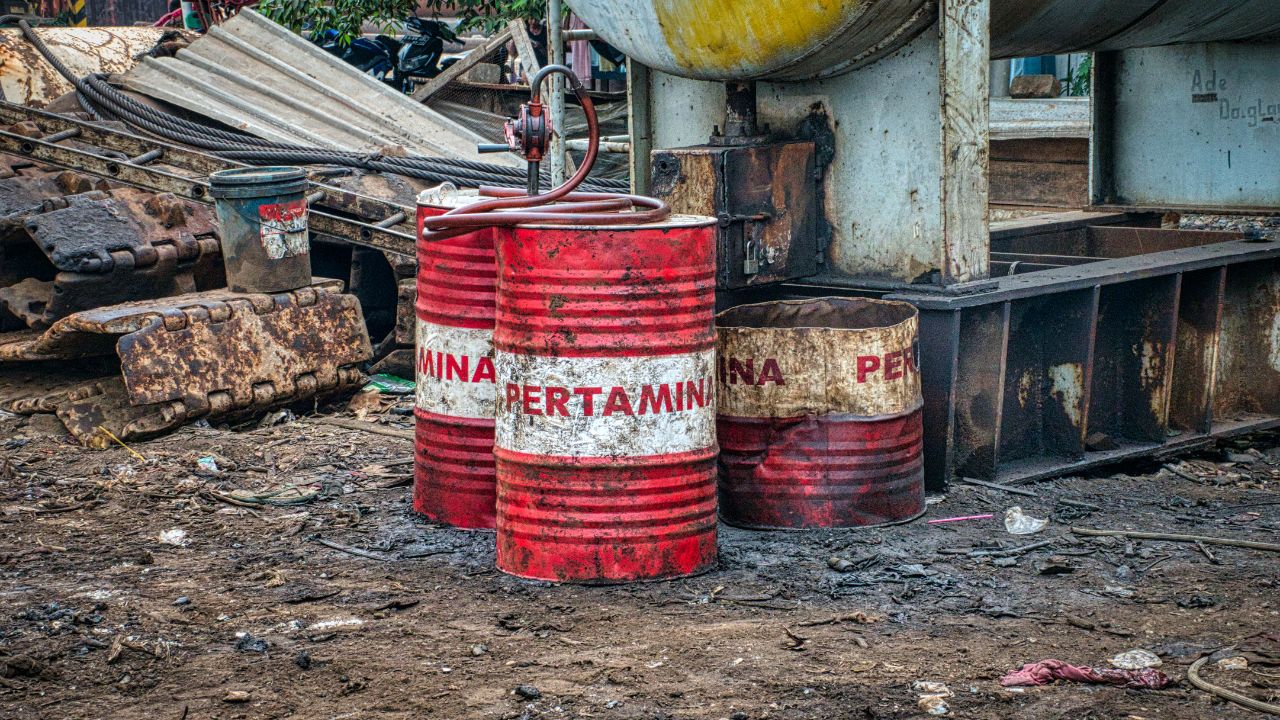Wyoming Water Quality at a Glance
Some natural contamination
Is Wyoming Water Safe to Drink?
Generally Safe with Natural Challenges – Wyoming water typically meets federal standards, though some areas face natural arsenic contamination from mineral-rich geology. Key concerns include hard water from calcium/magnesium, potential PFAS from firefighting foam near military bases (F.E. Warren Air Force Base), and agricultural runoff in farming areas. The state is actively investing in infrastructure improvements and lead service line replacement.
⚠️ Key Areas for Wyoming Water Monitoring
- Natural Arsenic: Groundwater in western Wyoming contains arsenic from mineral deposits; some areas exceed EPA guidelines
- Hard Water: High calcium/magnesium throughout the state causes scale buildup and requires specialized treatment
- PFAS Monitoring: $18.9M federal funding allocated for PFAS testing and treatment, particularly near military installations
- Lead Service Lines: $28.6M federal investment for lead pipe identification and replacement; mandatory inventories due 2024
Read the full report below for detailed analysis, regional data, and water quality recommendations for Wyoming residents.
Wyoming – The Equality State – Water Quality Report 2025: PFAS Testing, Infrastructure Concerns & Safety across your state
Wyoming’s water infrastructure serves approximately 578,000 residents across 97,814 square miles of diverse terrain, from the high plains in the east to the Rocky Mountains in the west. The state operates through a network of approximately 772 public water systems, with nearly 90% of residents served by community water systems operating year-round. Wyoming’s water sources include the North Platte, Green, Snake, and Yellowstone river systems, along with extensive groundwater aquifers that supply both urban centers and rural communities across this sparsely populated but geographically vast state.
Wyoming faces unique water infrastructure challenges stemming from its harsh climate, remote geography, and limited population base. The state experiences ongoing drought conditions in many areas and has complex water allocation issues across multiple river basins. The Wyoming Department of Environmental Quality’s Water Quality Division works to keep Wyoming’s water clean by monitoring and protecting surface and groundwater throughout the state. Wyoming has received $18.9 million in federal infrastructure investments from the Bipartisan Infrastructure Law specifically to address emerging contaminants like PFAS, plus an additional $28.6 million for lead service line replacement, focusing on small, rural, and disadvantaged communities that face disproportionate challenges in meeting new federal regulations.

Wyoming Water Quality: Current Status (2024-2025)
Statewide Compliance and Testing
- State Oversight: The Wyoming Department of Environmental Quality’s Water Quality Division monitors and protects surface and groundwater statewide, working to maintain compliance with federal Safe Drinking Water Act standards across all public water systems.
- PFAS Monitoring: Wyoming has implemented PFAS testing programs with ongoing monitoring, particularly focusing on areas near potential contamination sources like military installations and airports using firefighting foam.
- Infrastructure Investment: $18.9 million in federal Bipartisan Infrastructure Law funding has been allocated to Wyoming specifically for emerging contaminants like PFAS, plus an additional $28.6 million for lead service line replacement, targeting small and disadvantaged communities.
Major Water Sources and Challenges
- North Platte River System: Primary source for Casper and central Wyoming communities, providing both surface water and groundwater through alluvial aquifers, with ongoing monitoring for emerging contaminants.
- Natural Geology Challenges: Wyoming faces natural arsenic contamination from mineral-rich geology, particularly in western regions, requiring specialized treatment in some areas to meet EPA standards.
- Hard Water Conditions: High concentrations of calcium and magnesium from natural mineral deposits create hard water conditions throughout Wyoming, requiring water softening systems and causing scale buildup in pipes and appliances.
Emerging Contaminant Response
- PFAS Regulation Implementation: Wyoming water systems are preparing for EPA’s new PFAS drinking water standards, with monitoring programs in place and treatment technology evaluations underway for affected systems.
- Treatment Technology Planning: Wyoming water utilities are evaluating and planning for advanced treatment technologies including activated carbon filtration and reverse osmosis systems to address PFAS contamination where detected.
- Lead Service Line Initiative: Wyoming has launched comprehensive lead service line identification programs, with $28.6 million in federal funding to help identify and replace lead pipes statewide, particularly in older communities.
Rural and Small Community Challenges
- Geographic Challenges: Wyoming’s sparse population density across 97,814 square miles creates unique challenges in maintaining and upgrading water infrastructure due to remote locations and harsh climate conditions.
- Infrastructure Maintenance: The state’s extreme weather conditions and temperature variations require robust infrastructure design and regular maintenance to prevent freeze damage and ensure reliable service.
- Federal Support Programs: The Emerging Contaminants Small or Disadvantaged Communities Grant program provides targeted funding to help Wyoming’s rural systems meet new regulatory requirements and maintain compliance.
Looking Forward: 2025-2030
Wyoming’s water quality landscape continues to evolve as the state addresses natural geological challenges and prepares for new federal regulations. The Wyoming Department of Environmental Quality provides comprehensive oversight while working with federal partners to ensure compliance and protect public health. Success will require continued investment in infrastructure improvements, innovative approaches to treating natural contaminants like arsenic, and sustainable systems that can serve Wyoming’s widely dispersed communities across challenging terrain and climate conditions.
Recommendations for Wyoming Residents

Know Your Water Source
Contact your local water utility to request annual water quality reports and ask about PFAS testing results. You can also contact the Wyoming Department of Environmental Quality’s Water Quality Division for information about local water sources and quality monitoring.

Support Infrastructure Investment
Support local infrastructure improvements and water system upgrades needed to address aging pipes and emerging contaminants. Advocate for sustainable funding mechanisms that enable necessary improvements while maintaining affordable service.

Consider Appropriate Filtration
For areas with known arsenic or other natural contaminants, consider NSF-certified reverse osmosis or activated alumina filters. For hard water, water softening systems can improve taste and protect appliances from scale damage.

Report Water Quality Concerns
Contact your local water utility immediately for taste, odor, or color concerns. Report suspected contamination to the Wyoming Department of Environmental Quality at (307) 777-7937 for investigation and follow-up.

Practice Water Conservation
Support Wyoming’s water sustainability by implementing conservation measures like efficient irrigation, xeriscaping with native plants, and low-flow fixtures. Reducing demand helps utilities manage seasonal variations and maintain system reliability across Wyoming’s diverse climate conditions.
Wyoming Cities We Cover
Casper Water Quality
Comprehensive analysis of Casper’s water system, including groundwater and surface water sources from the North Platte River system, treatment processes, and compliance with current and emerging federal regulations.
Frequently Asked Questions
Is Wyoming’s tap water safe to drink?
Most of Wyoming’s public water systems meet federal drinking water standards and are safe for consumption, with oversight from the Wyoming Department of Environmental Quality ensuring compliance monitoring.
Wyoming’s Water Quality Division works to keep the state’s water clean by monitoring and protecting surface and groundwater. The majority of systems comply with current federal standards, though some areas face natural challenges like arsenic from geological sources. The state has received $47.5 million in federal funding ($18.9M for PFAS and $28.6M for lead service lines) to address emerging contaminants and help maintain compliance with evolving regulations while ensuring safe drinking water statewide.
What are Wyoming’s main water infrastructure challenges?
Wyoming faces unique infrastructure challenges due to its vast geography, harsh climate, and sparse population distribution across 97,814 square miles.
Key challenges include natural arsenic contamination from mineral-rich geology, hard water conditions requiring specialized treatment, and extreme weather that can damage infrastructure. The state’s remote geography makes maintenance and upgrades more expensive, while sparse population density creates funding challenges for smaller systems. Wyoming also faces aging infrastructure that requires updates to meet new federal regulations for emerging contaminants like PFAS and lead service line replacement.
How can I find out about my local water quality in Wyoming?
Wyoming residents can access water quality information through several channels:
• Annual Water Quality Reports: Contact your water utility directly for their Consumer Confidence Report, which details all testing results and compliance status
• Wyoming DEQ Water Quality Division: Contact (307) 777-7937 for information about source water protection and local environmental concerns
• Lead Service Line Project: Visit leadfreewyoming.com to participate in the statewide lead service line survey and access resources
• EWG Tap Water Database: Use your zip code to search for contaminants detected in your local water system and get filter recommendations
What is Wyoming doing about PFAS contamination?
Wyoming is addressing PFAS contamination through comprehensive monitoring, federal funding, and treatment planning:
Federal Support: Wyoming received $18.9 million from the Bipartisan Infrastructure Law specifically for emerging contaminants like PFAS, targeting small and disadvantaged communities
Monitoring Programs: Water systems are conducting PFAS testing and monitoring, particularly near potential sources like airports and military installations
Treatment Planning: Water utilities are evaluating advanced treatment options including activated carbon and reverse osmosis systems to remove PFAS contamination where detected
State Coordination: The Wyoming Department of Environmental Quality coordinates with federal agencies and local utilities to ensure compliance with new PFAS regulations
Quality News About Your Water
Get the comprehensive water quality news coverage you need with our dedicated US Water News Service. From coast to coast, we deliver in-depth reporting and expert analysis on PFAS contamination, EPA regulatory changes, infrastructure developments, and emerging water safety issues affecting communities nationwide. While mainstream media only covers the biggest stories, we provide the detailed, ongoing coverage that helps you understand the full scope of America’s water challenges. Whether you’re a concerned citizen, water professional, or community leader, our daily updates and analytical insights keep you informed about the issues that matter most to public health and environmental safety.
Contaminants of Concern

PFAS “Forever Chemicals”
Source: Aviation firefighting foam at airports, military installations like F.E. Warren Air Force Base, industrial facilities, and consumer products including stain-resistant textiles and non-stick cookware
Health Effects: Linked to kidney and testicular cancer, liver damage, immune system suppression, high cholesterol, and developmental effects in children
Current Status: Wyoming water systems are monitoring PFAS levels and planning treatment upgrades to meet EPA regulations EPA Limits: 4 parts per trillion for PFOA and PFOS individually, with hazard index calculations for other PFAS compounds

Natural and Infrastructure Contaminants
Source: Natural arsenic from mineral-rich geology in western Wyoming, hard water from calcium and magnesium deposits, aging water distribution systems, and disinfection byproducts from water treatment processes
Health Effects: Arsenic can cause skin disorders, cardiovascular disease, and increased cancer risk; hard water affects taste and causes scale buildup; lead from aging pipes can cause neurological effects
Current Status: Wyoming addresses natural contamination through specialized treatment systems; the state received $28.6 million for lead service line replacement and identification programs Regulatory Response: Wyoming DEQ provides oversight and works with utilities to maintain compliance with all federal drinking water standards
Please read – our information
The information presented on cleanairandwater.net is compiled from official water quality reports, trusted news sources, government websites, and public health resources. While we strive for accuracy and thoroughness in our presentations, we are not scientists, engineers, or qualified water quality professionals.
Our mission is to present water quality information in an accessible, real-world format that helps people understand what’s in their water and make informed decisions about their health and safety. We believe that complex environmental information should be available to everyone in a format that’s easy to understand.
We make every effort to ensure our content is current and accurate, but we cannot guarantee that all information is complete or error-free. This website should not replace official communications from your local water utility or health department. We always recommend consulting official sources for the most up-to-date information regarding your specific water system.
Clean Air and Water is not liable for any unintentional errors, omissions, or outdated information. The content on this site is provided for informational purposes only and should not be considered professional advice.


